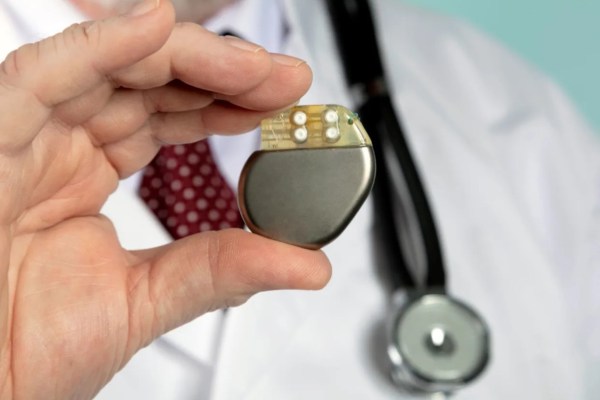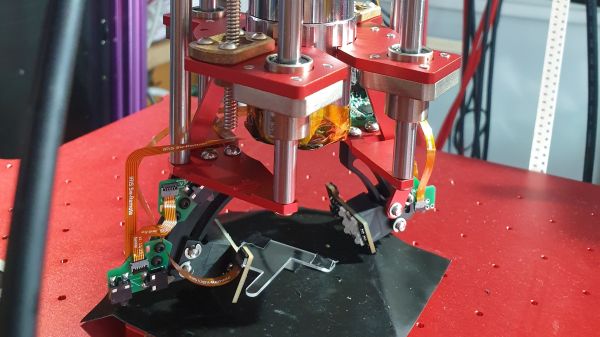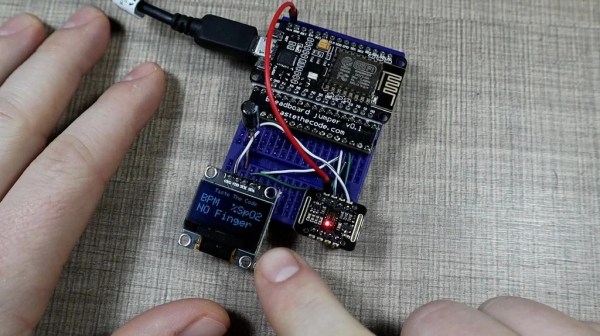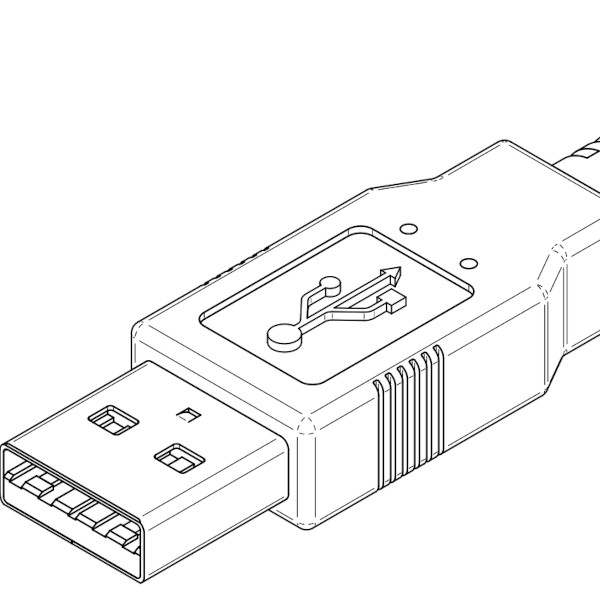Join us on Wednesday, May 29 at noon Pacific for the Camera and Lens Repair Hack Chat with Anthony Kouttron!
Unlike the normies, most of us are pretty comfortable looking under the hood of just about anything electronic or mechanical. Whether it’s to effect a repair, make a modification, or just to take a look around, voiding warranties is what we do. A lot of us have hard limits, though, and will shy away from certain types of equipment. High voltages and radiation come to mind, as well as machines with lots of spinny bits that can devour your hands in a trice. One mustn’t be foolhardy, after all.
But one place that we’ve always feared to tread for some reason is camera equipment. Perhaps it has to do with all those impossibly tiny screws with subtly different lengths and the knowledge that putting the wrong screw in the wrong hole could have disastrous results. Or maybe it’s just the general fear that messing around with the insides of lenses could knock something slightly off-kilter and ruin the optics.
 We’re certainly glad that Anthony Kouttron doesn’t share this trepidation. We recently featured a lens repair that he accomplished that was packed with tips and tricks for optical repairs. It turns out that Anthony has been repairing cameras for leisure since 2010, and has serviced both consumer and high-end cinema equipment — so he’s seen his fair share of broken camera bits. We’ve asked him to drop by the Hack Chat, so if you’ve been hesitant to dive into optical fixes, now might be your chance to learn about the dos and don’ts of camera and lens repair.
We’re certainly glad that Anthony Kouttron doesn’t share this trepidation. We recently featured a lens repair that he accomplished that was packed with tips and tricks for optical repairs. It turns out that Anthony has been repairing cameras for leisure since 2010, and has serviced both consumer and high-end cinema equipment — so he’s seen his fair share of broken camera bits. We’ve asked him to drop by the Hack Chat, so if you’ve been hesitant to dive into optical fixes, now might be your chance to learn about the dos and don’ts of camera and lens repair.
Our Hack Chats are live community events in the Hackaday.io Hack Chat group messaging. This week we’ll be sitting down on Wednesday, May 29 at 12:00 PM Pacific time. If time zones have you tied up, we have a handy time zone converter.


















